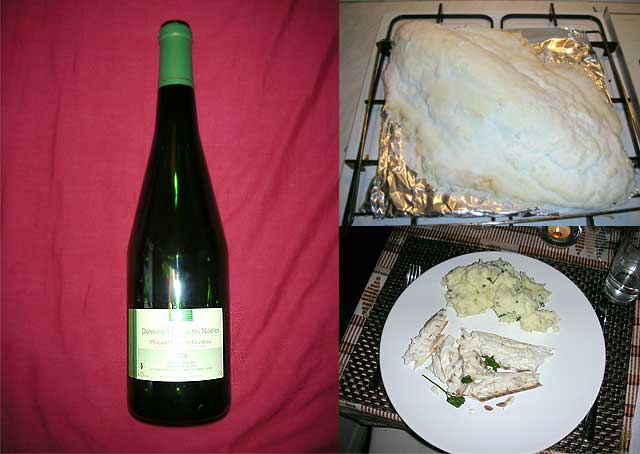Salwey, Grauburgunder Kabinett trocken, 2008
After two years of mostly going for Riesling, I currently find myself drinking more and more Pinot, specifically Pinot Blanc and Gris. Well, surprise, this is another of those bastards, and despite being made from the same grape variety it is not exactly like your average Italian Pinot Grigio. It is Grauburgunder time, and yet again am I turning to the warm South-West of Germany, to enjoy a wine from the Kaiserstuhl region.
The first thing to notice about it is the colour. Colour is always difficult to capture well in a photograph, and this one does not quite bring across the fairly dark, gold-brown that the Salwey wine radiates. Pretty, really pretty.






